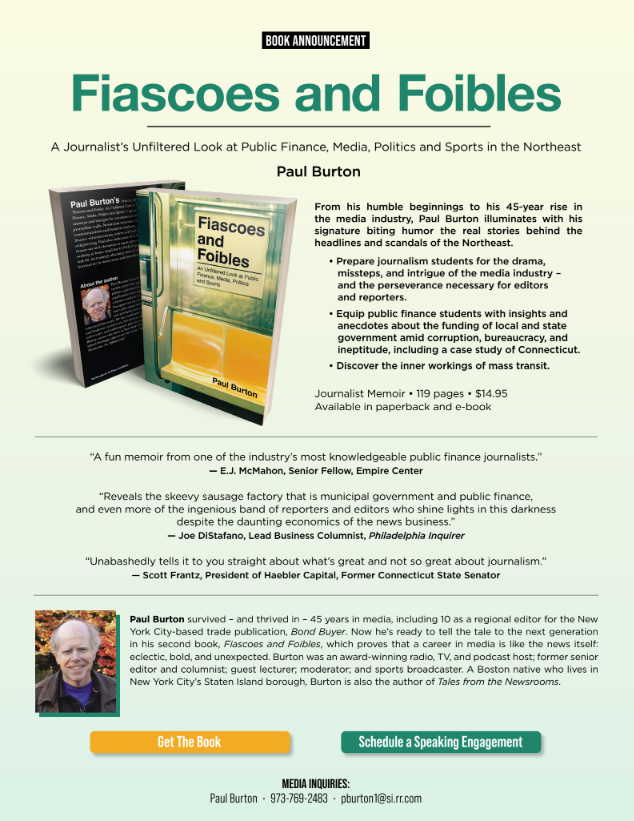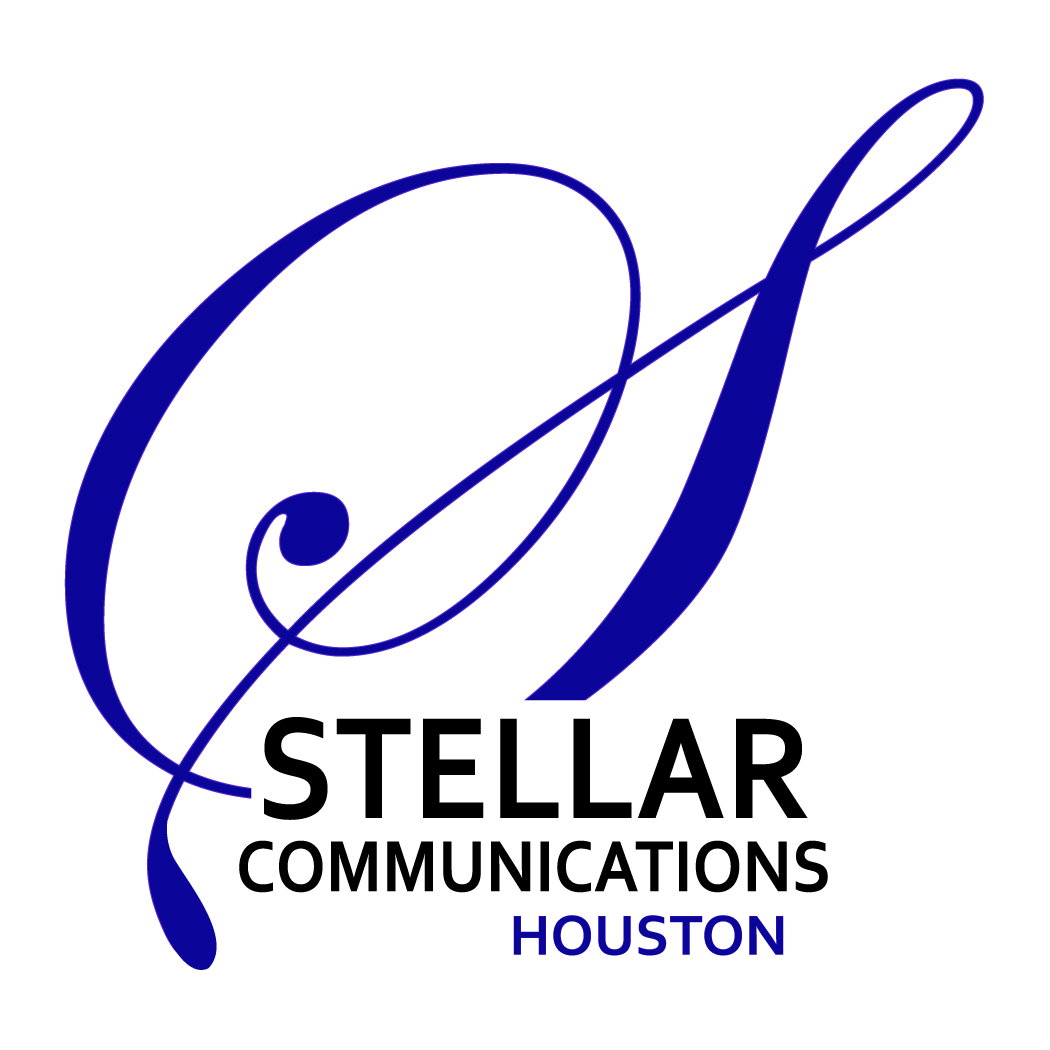I took a two-week vacation this month. It was extraordinary – and not just because I savored both warm beaches and cool mountain views.
It was the first time since forming my business in 2012 that I left behind my computer.
No emails. No phone calls.
Definitely not my typical working vacation.
But many of you know it’s been a particularly challenging couple of years for my family. As much as I adore what I get to do each day, I hoped to breathe in fresh air and be still for a while.

It was worth it. I returned rested, refreshed, grateful for my team – and with a new commitment to plan thoughtfully for future vacations.
Making it happen took weeks of preparation and coordination. Content was created and approved in advance. Time-sensitive activities were discussed and assigned. Roles and responsibilities were confirmed.
The prep felt very similar to book marketing. Every aspect of a book and its author is so interconnected that it takes months or weeks of coordination before an activity is successfully implemented.
That’s what was on my mind when we launched a recent email campaign for Paul Burton’s journalistic memoir, Fiascoes and Foibles. It’s an unfiltered look at public finance, media, politics, and sports based on his 45 years as a former senior editor of a New York trade publication.

Here are three ways we prepared before sending his book marketing emails.
1. Define the campaign
We kicked off the project by talking with Paul about a few important aspects, including:
- Who are your target audiences?
- What problem does the book solve for your readers?
- What’s your call to action?
Paul’s responses shaped the campaign strategy. Fiascoes and Foibles shines a light on the cloaked workings of the public finance industry by sharing insider insights and scandalous missteps. The book targets several audience segments, primarily professors, government leaders, and nonprofits in public finance in the U.S. Northeast. Paul wanted to inspire reader reviews and invite speaking engagements.
2. Align your materials
With a clear purpose and project parameters, we developed materials that connected Paul’s pitch and presence to his book.
- Book cover mockup
- PDF of the book
- Sell sheet
- LinkedIn profile recommendations
The materials and insights contributed to Paul’s professionalism and facilitated book reviews. They helped persuade prospects to respond to his pitch.

3. Personalize your pitch
In my experience, the more time I spend caring about a recipient, the better my chances of receiving a response. That’s why we skipped an e-blast approach for this effort. For Paul’s campaign, we curated a list of top prospects and crafted an email pitch. Then we began each email with unique details about what we knew, appreciated, and related to about the prospect, including:
- Compelling subject line
- Name of the recipient
- Name-dropping mutual connections
- Why that person or organization matters
- How their purpose or interests align with Paul’s
- Specific ways Paul can serve their audience
It’s tedious to research websites and social media platforms to find out what resonates with each prospect. And it’s time-consuming to follow up multiple times. But your audience is buried under irrelevant emails every day, and one unique detail could differentiate your message from the rest.
Campaign Results
The results are in. Here are a couple of Paul’s campaign metrics:
- 54% response rate. This measures any response, positive or negative. The average response rate varies from 2-30%.
- 8% conversion rate. This measures the recipients who completed a call to action. The average conversion rate is 4%.
Ultimately, Paul landed book reviews, and his renewed networking indirectly led to a freelance book consulting project.
Conclusion
Whether you’re whisking away on vacation or launching an email campaign, dedicate plenty of preparation time to make the most of your opportunity.
Before you send book marketing emails, define your campaign fundamentals, including your target audience, problem-solution statement, and calls to action. Then develop materials that align your book and online presence, such as mockups, sell sheets, and optimized online platforms. Finally, tailor your pitch to resonate with each prospect.
The extra care goes a long way to setting yourself apart. Well done, Paul!
